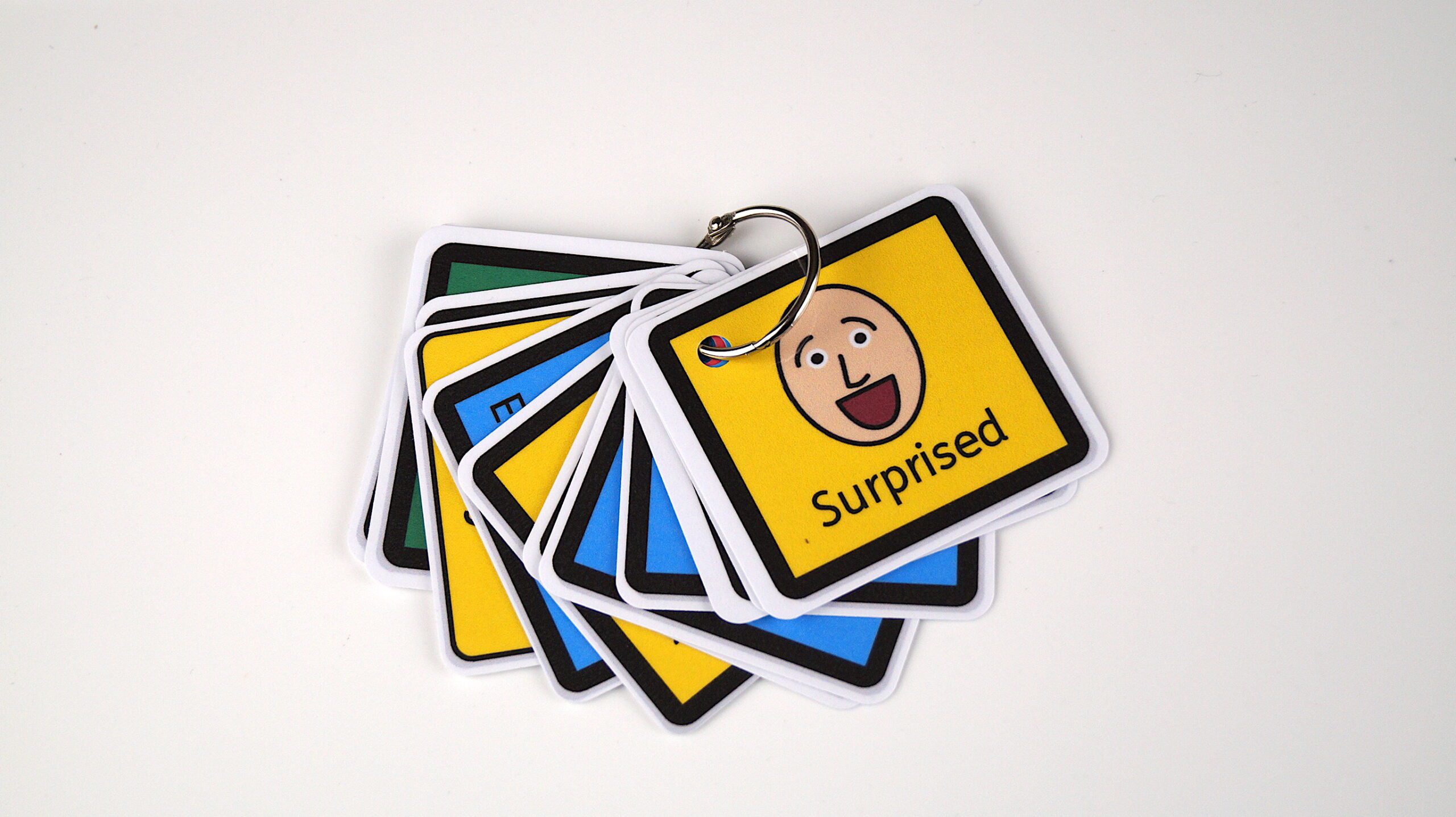Teaching and Managing Self-Regulation with Calm Down Visuals

Self-regulation is the ability to manage one’s emotions, behaviours, and thoughts in a way that is socially acceptable and allows for achieving personal goals. For many children, especially those with Autism Spectrum Disorder (ASD) or learning disabilities (LD), mastering self-regulation can be challenging. These children often struggle with understanding and expressing their emotions, leading to frustration and behavioral outbursts. Teaching self-regulation is crucial, as it enables children to navigate their emotions effectively, improving their overall well-being and social interactions.
One effective method for teaching and managing self-regulation is through the use of calm down visuals. These tools provide children with visual cues that guide them through the process of recognizing their emotions and choosing appropriate strategies to calm down. Visual supports are particularly beneficial for children who find verbal instructions difficult to follow, offering a clear and consistent method for managing emotions.

Benefits of Using Calm Down Visuals
- Improved Emotional Awareness: Calm down visuals, such as the I’m Feeling Lanyard, help children identify and label their emotions. This lanyard features a range of emotion cards that children can point to, helping them communicate how they feel without needing to verbalize their emotions. By regularly using these visuals, children can develop a stronger understanding of their emotional states, which is the first step towards self-regulation.
- Structured Approach to Calming Down: Visual supports offer a step-by-step guide to managing emotions. For instance, alongside the I’m Feeling Lanyard, using a calm down visual chart can guide the child through actions like deep breathing, counting to ten, or taking a break. This structured approach provides consistency, which is crucial for children with ASD or LD who thrive on routine and clear expectations.
- Reduced Anxiety and Meltdowns: When children know they have a tool at their disposal to help them manage their feelings, it can significantly reduce anxiety. The predictability of using calm down visuals gives them a sense of control over their emotions, which in turn can decrease the frequency and intensity of emotional outbursts.
- Enhanced Independence: Calm down visuals encourage children to take ownership of their emotional regulation. Over time, children may begin to use these strategies independently, without needing prompts from adults. This fosters a sense of autonomy and boosts their confidence in handling challenging situations.
How to Implement Calm Down Visuals
- Start with Familiarization:
Introduce the calm down visuals, such as the I’m Feeling Lanyard, during calm moments rather than in the heat of an emotional episode. Explain each visual and how it can be used to communicate emotions or choose a calming strategy. - Incorporate into Daily Routines:
Use the visuals consistently throughout the day, particularly during transitions or situations that are known to trigger stress. For example, you might use the lanyard during morning routines, before mealtime, or when transitioning between activities. - Pair with Other Calming Tools:
Pair the calm down visuals with other sensory tools or activities. For example, if a child selects the “I’m angry” card from the I’m Feeling Lanyard, guide them to a calm down corner equipped with fidget toys, noise-canceling headphones, or a weighted blanket. - Reinforce and Praise:
When a child successfully uses a calm down visual to manage their emotions, reinforce this positive behavior with praise. This helps build their confidence and encourages them to continue using the visuals.
Calm down visuals are powerful tools for teaching and managing self-regulation, particularly for children with ASD or learning disabilities. By providing a visual, consistent, and structured approach to understanding and managing emotions, these tools can significantly improve a child’s ability to self-regulate. Products like the I’m Feeling Lanyard not only support emotional communication but also empower children to navigate their emotions with greater independence and confidence.
For more information or to purchase the I’m Feeling Lanyard, visit this link.



